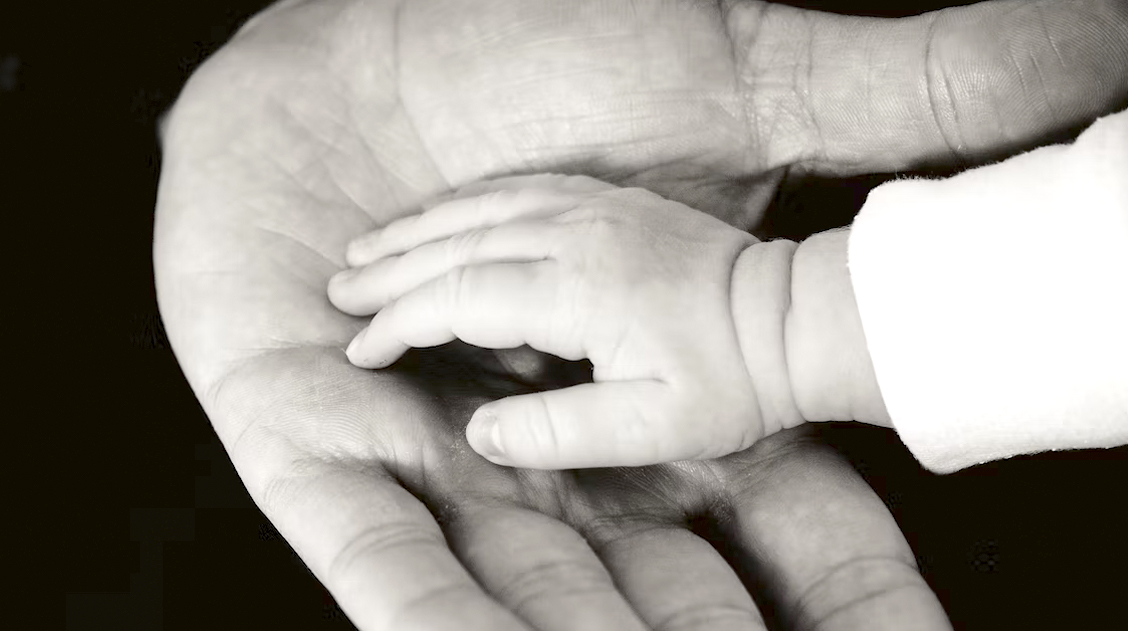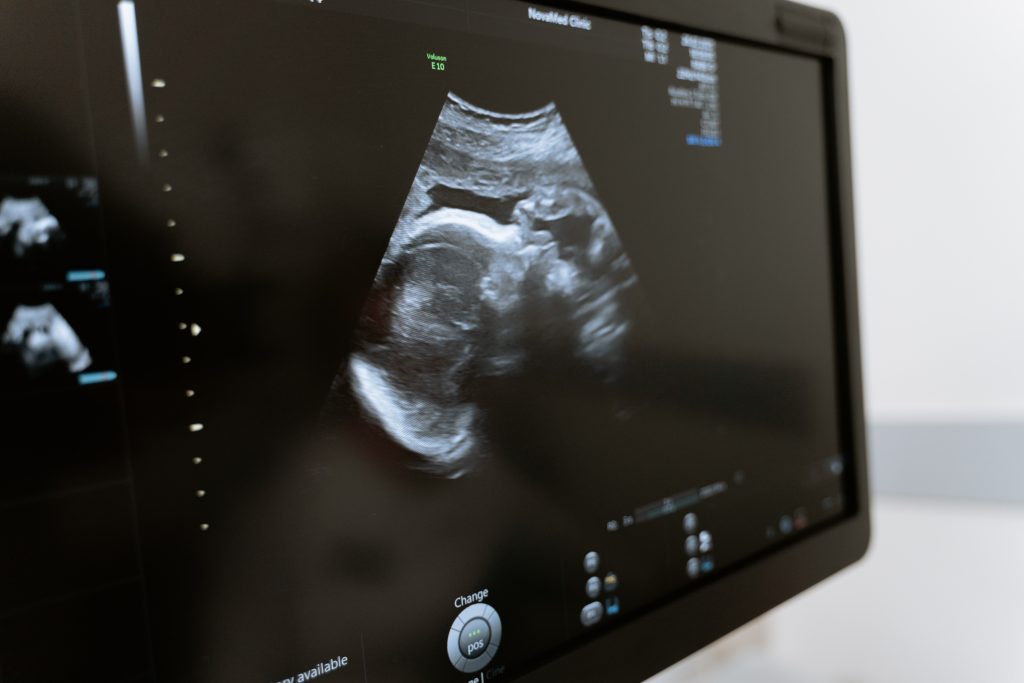
All You Need to Know About Egg Freezing
Oocyte cryopreservation, commonly known as egg freezing, assists with the delay of fertility. In this article, we’ll take a look at why women freeze their eggs, how egg freezing works, and the benefits and disadvantages of egg freezing as a practice.
Why There’s a Need for Egg Freezing
The egg and sperm are equally important when it comes to making a baby. However, unlike sperm, women rapidly lose eggs over the course of their lives. This means they usually have a finite amount of time to have a baby. This is sometimes referred to as ‘biological inequity’.

A baby girl will spend around nine months in her mother’s womb. By the five-month mark, her 1-2 million eggs will be fully formed. These are all the eggs she will ever have. Over the years, the eggs will start to degenerate and die. By the time she reaches puberty, she will have already lost around 10,000 eggs.
The number of eggs lost by each woman does vary. Genetic and lifestyle factors can influence how many viable eggs a woman has each month. A woman with a hormone disorder, such as polycystic ovary syndrome, endometriosis, or thyroid disease, will lose eggs even faster.
But there is seemingly a way to stop time. Women can freeze their eggs and save them for later.
Reasons for Egg Freezing
But why do women want to delay their fertile years in the first place?
Egg freezing was originally only used by women receiving intensive treatments for disease. Treatments such as chemotherapy destroy the eggs inside the body. Therefore, to give women the chance to have children after recovery, egg freezing was invented.
Since then, egg freezing has started to be used for reproductive issues. Women often use it in conjunction with IVF.
Studies show that it is harder for a woman to get pregnant after 35. Conceiving past this age also carries an increased risk of genetic defects. However, it is still possible for women to give birth naturally past the age of 40. It’s just less likely.
Because of this, healthy women also freeze their eggs. They do this for a variety of reasons, including to focus on their career, to find the right partner, and to wait until they feel ready.
As a review of the subject in IJERPH notes, ‘“Social freezing” is the term used when eggs or ovarian tissue are frozen for non-medical causes and used later in life.
In addition, the percentage of women with higher education backgrounds across the world has increased. For example, in the USA, it increased from 3.8% in 1940 to 36.6% in 2021. Studies show that increases in women’s level of education lead to delayed motherhood. This could be because it gives women the chance to have longer careers and undertake pursuits other than being a parent.
Other influences may include the rising cost of childbearing and housing.
Egg freezing around the world
As a result of social freezing, the average age of first-time mothers has gone up in many countries in Europe. Italy and Spain have the highest mean age for first-time mothers, at 31.
But Europe is not the only place where social egg freezing is taking off. It’s happening on almost all continents.
Many countries in Asia, like Japan and Taiwan, allow women to freeze their eggs without restrictions. Singapore recently lifted its ban on egg freezing for healthy women. On the other hand, in some Asian countries, women can only do it for medical reasons.
In both North and South America, egg freezing is widespread. In particular, Mexico is a popular medical tourism destination.
Egg freezing takes place in major cities in South Africa. And when it comes to the continent of Oceania, countries like New Zealand and Australia, egg freezing is also available.
How It Works
Before the egg freezing procedure begins, doctors test patients for various diseases, including HIV and hepatitis. For those who test positive, their eggs are still frozen; however, they are stored separately from other patients to prevent the transmission of disease.
Patients are then injected with hormones. This helps their eggs to mature more quickly.
The patient then undergoes a round of in vitro fertilization (IVF). The overall process takes 2-3 weeks to complete.
Then, the doctor places the patient under a general anesthetic. Their eggs are harvested and treated with a protective freezing solution to protect them during the freezing process. The eggs can be frozen by vitrification and stored in liquid nitrogen.
Accessibility of Egg Freezing Procedures
There is, however, severe inequality when it comes to egg freezing. Not everyone can do it. This is because the procedures are extremely expensive.
In the USA, where egg freezing plans are among the most expensive in the world:
- The initial procedure costs up to USD 20,000;
- The annual storage fee costs up to USD 800 a year.
As such, epidemiology studies indicate that privilege is very much at play.
The research shows that women who opt for elective egg freezing procedures are commonly Caucasian with backgrounds in higher education and professional employment.
In addition, some countries have laws and restrictions in place when it comes to the use of certain technologies and the age of conception.
For example, in Denmark, women aged 45 and over cannot freeze their eggs. In addition, women cannot store their eggs for more than five years, regardless of their age.
In Singapore, they have recently updated their laws on egg freezing. Originally, women couldn’t do it, except for if they had medical reasons. However, from 2023, the law was updated, and single women aged 21-35 will be able to freeze their eggs. But this comes with some conditions, including that women cannot use the eggs until they’re legally married.
Benefits and Limitations
As with all invasive procedures, egg freezing has good and bad sides. MDPI research is increasing the global knowledge of these issues, and our journals help to disseminate current research on female fertility.
Benefits of egg freezing
Egg freezing gives women more time to make reproductive decisions. With more time, they’ll be able to avoid making decisions based on fear.
Furthermore, more time can also allow women to provide a more stable environment for their children. Stability is very important in children’s lives; it’s been proven that stability nurtures children. With stability, they can form positive, stable relationships of their own.
In addition, giving their child a stable upbringing can reduce mental health stress and improve the overall health of mothers.
In certain countries with low fertility rates, egg freezing may aid in boosting birth rates. Singapore currently has one of the lowest fertility rates in the world. It hit a historic low in 2020, at 1.1 babies per woman. This is a big difference compared to the average global rate of 2.4. It is therefore hoped that relaxing the regulations will improve the situation.
Limitations to egg freezing
Currently, there are many limitations to egg freezing.
Although many refer to egg freezing as an ‘insurance policy’, the results are often mixed down the line. When it comes to trying to conceive later on, the eggs don’t always survive the thaw.
In fact, only 39% of frozen eggs result in live births. This varies, and for some, the expensive procedure turns out to be fruitless.
Furthermore, most women never attempt to use their frozen eggs. This could be either because they decide they don’t want to conceive, or because they manage to conceive naturally. In 2017, there were reports that suggested that only 6% used their eggs. This appeared to increase in 2022 to 10%.
A review published in Medicina speculates as to what might happen to unused eggs. The authors conclude that these eggs ‘may be discarded or donated to other couples or donated to research’.
This leaves the door open for various ethical concerns to arise down the line.
Future Studies
Many MDPI journals have been striving to bring more awareness to egg freezing, especially given its increasing popularity.
A review in IJERPH analyzes the five main topics of interest related to egg freezing over the past decade. These topics include different fertility preservation techniques, freezing safety, usage of frozen oocytes, ethical considerations, and the cost-effectiveness.
This study found that socio-economic reasons are the main drivers behind the increased popularity of egg freezing. It also found that women often have little knowledge of the safety of the procedure. Because of this, the authors emphasized that women should be better informed by clinicians on the safety, efficacy, benefits, usage rate, risks, and costs of the procedure.
More infertility research is urgently required. This includes insights into egg freezing. We encourage the submission of manuscripts covering these issues.
Written collaboratively by Daniella Maritan-Thomson and Katherine Bosworth.










